HP ProBook 440 G5 review – fast, affordable and portable
 What we have in front of us today is the HP ProBook 440 G5. As its name suggests, it is aimed at professionals, either in a business or freelancers, so it promises to be reliable, secure and of course – productive. This one is the fourth consecutive device from the fifth generation ProBook 400 series that we got our hands on. We have previously reviewed the 3rd generation of this model – ProBook 440 G3, so you are going to see if the new device is worth the upgrade or it’s just the latest minor refreshment.
What we have in front of us today is the HP ProBook 440 G5. As its name suggests, it is aimed at professionals, either in a business or freelancers, so it promises to be reliable, secure and of course – productive. This one is the fourth consecutive device from the fifth generation ProBook 400 series that we got our hands on. We have previously reviewed the 3rd generation of this model – ProBook 440 G3, so you are going to see if the new device is worth the upgrade or it’s just the latest minor refreshment.
Our particular unit is equipped with an Intel Core i5-8250U processor, which offers a lot of power for an Ultra-Low voltage chip and also for a fraction of the price of the Core i7-8550U, so in some regions it would be the CPU of choice, giving the best performance/price ratio. Another interesting thing about this series is that every model looks the same, despite the size of it – in other words, the ProBook 440 G5 looks like a child to the ProBook 470 G5.
You can check the prices and configurations in our Specs System: http://laptopmedia.com/series/hp-probook-440-g5/
Contents
- Specs Sheet
- What’s in the box?
- Design and construction
- Disassembly and maintenance
- Display quality – FHD (1920 x 1080), IPS
- PWM (Screen flickering)
- Buy our profiles
- Display quality – HD (1366 x 768), TN
- PWM (Screen flickering)
- Buy our profiles
- Sound
- Drivers
- Battery
- CPU – Intel Core i5-8250U
- GPU – Intel UHD Graphics 620
- Gaming tests
- Temperatures
- Verdict
Specs Sheet
HP ProBook 440 G5 technical specifications table Also known as 2SS92UT#ABA
What’s in the box?
Inside the box, we found an HP ProBook 440 G5 (obviously), accompanied by a tiny 45W charging adapter and some boring manuals and set up guides.
Design and construction
As we said earlier, the ProBook 440 G5 is reminiscent of every other ProBook 400 G5 device – plastic outer shell, an aluminum area around the keyboard and lid that can be easily opened using only one hand. This one measures at 336 x 238 x 20.0 mm (13.23″ x 9.37″ x 0.79″) and can grow to 21.5 mm if it has the optional touchscreen display. The device can be considered as light with 1.63 kg (3.6 lbs) of weight.
On the inside, we have a good keyboard, once again similar to the larger devices, although it lacks the numeric keys, which is common for a device of this size. We still don’t like the layout of the arrow keys, as the up and down arrow are hugging on top of each other and are easily mistaken by feel. However, the touchpad is adequate and responsive, as our favorite fingerprint reader, which is fast and super reliable. On the top side of the keyboard, under a grill, are placed the speakers of this 14-inch ProBook.
Moving to the sides of the notebook we are, once again, met by an exhaust vent, USB 3.0 Type-A, a headphone jack and an SD card reader on the left, while on the right we have the charging port, RJ-45 connector, followed by a VGA and HDMI port, as well as two more USBs, one of which is a regular Type-A, while the other one is Power Delivery and DisplayPort enabled Type-C.
Disassembly and maintenance
As every other device in the ProBook series, the fifth generation of ProBook 440 also has two service doors, which lead to every upgradable part of the machine. They are held in place by a single Phillips head screw (contrary to the whole bottom panel held by torxes), and some clips.
In the next photo, the focus falls on the cooling solution, consisting of a single heat pipe and a fan, and the two RAM DIMMs of which only one is occupied in our unit by a 4 GB of DDR4 2133 MHz memory stick. Of course, there are options with 16 GB, and you can further expand up to 32 GB, if you need to.
You can see there is a lot of free space in our unit, since it lacks an SSD drive, although featuring an M.2 slot which supports PCIe NVMe devices, and a Bluetooth card.
Finally, you can see the storage device in use here. It is covered by a black protective plastic where HP was kind enough to provide instructions on how to remove it.
Display quality – FHD (1920 x 1080), IPS
The HP ProBook 440 G5 uses a Full HD (1920×1080) IPS panel with a model number AUO B140HAN02.1 (AUO213D). It offers 157 ppi and 0.161 x 0.161 mm pixel pitch. It can be considered as “Retina” when viewed from at least 55 cm.

Viewing angles are great on this device.

We’ve recorded a peak brightness of 224 nits in the center of the screen and 209 nits as an average across the surface with 12% maximum deviation. The correlated color temperature at maximum brightness is a hair warmer than the optimal 6500K – 6340K and remains practically the same when we go along the grayscale – 6320K. You can see how these values change at 140 nits (81% brightness) in the image below.
The maximum color deviation dE2000 compared to the center of the screen should be no more than 4.0 and if you are planning to do color-sensitive work, it should be lower than 2.0. The contrast ratio is very good – 1230:1.
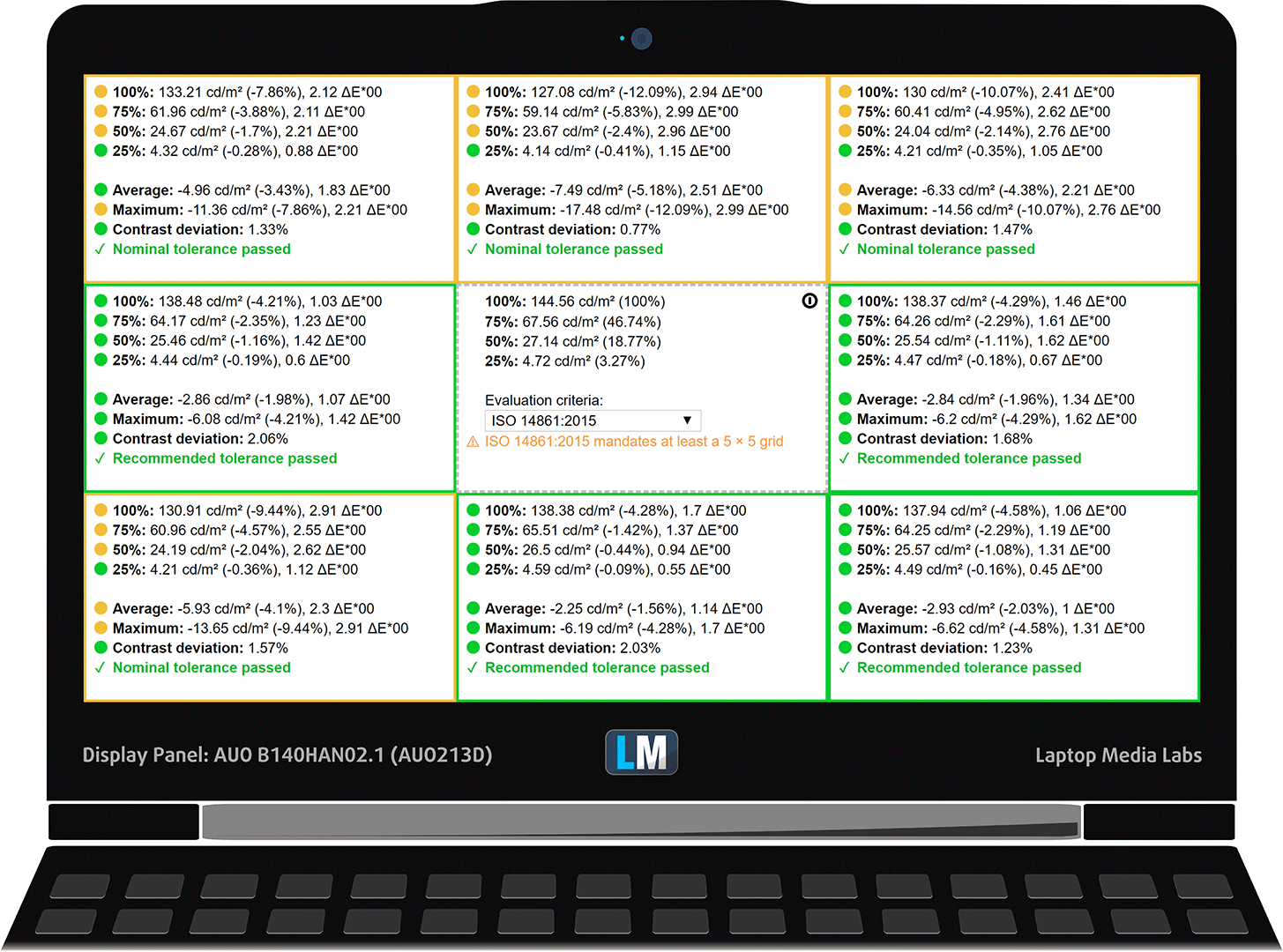
Color reproduction
To make sure we are on the same page, we would like to give you a little introduction of the sRGB color gamut and the Adobe RGB. To start, there’s the CIE 1976 Uniform Chromaticity Diagram that represents the visible specter of colors by the human eye, giving you a better perception of the color gamut coverage and the color accuracy.
Inside the black triangle, you will see the standard color gamut (sRGB) that is being used by millions of people in HDTV and on the web. As for the Adobe RGB, this is used in professional cameras, monitors etc for printing. Basically, colors inside the black triangle are used by everyone and this is the essential part of the color quality and color accuracy of a mainstream notebook.
Still, we’ve included other color spaces like the famous DCI-P3 standard used by movie studios, as well as the digital UHD Rec.2020 standard. Rec.2020, however, is still a thing of the future and it’s difficult for today’s displays to cover that well. We’ve also included the so-called Michael Pointer gamut, or Pointer’s gamut, which represents the colors that naturally occur around us every day.
ProBook 440 G5’s display covers only 50% of the sRGB/ITU-R BT.709 (web/HDTV standard) in CIE1976.
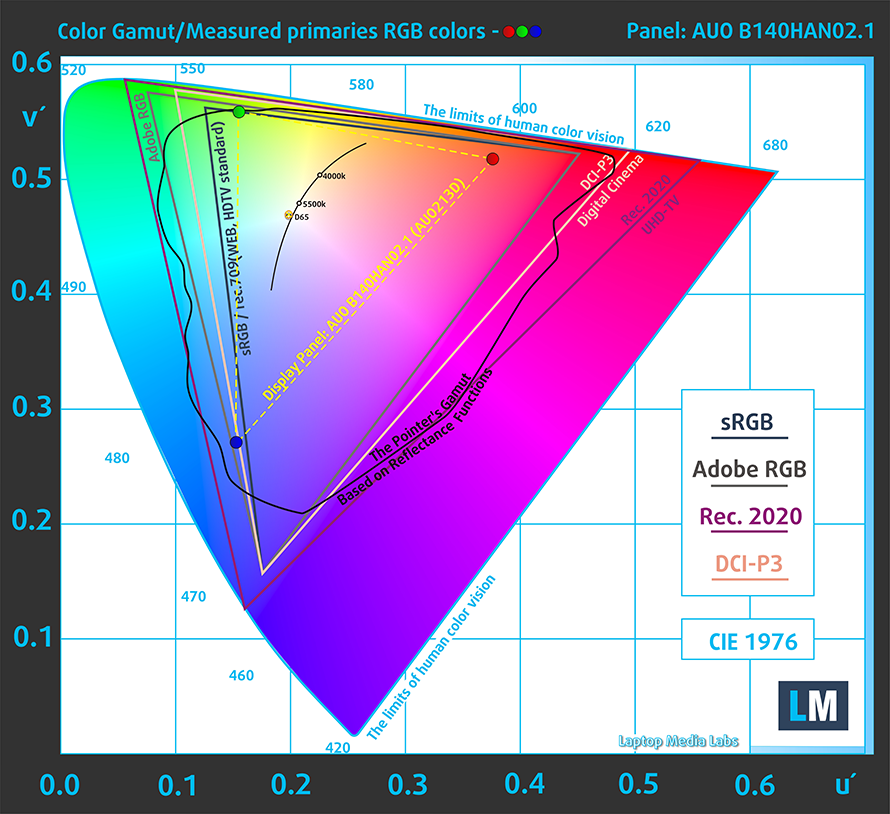
Our “Design and Gaming” profile delivers optimal color temperature (6500K) at 140 nits luminance and sRGB gamma mode.
We tested the accuracy of the display with 24 commonly used colors like light and dark human skin, blue sky, green grass, orange etc. You can check out the results at factory condition and also, with the “Design and Gaming” profile.
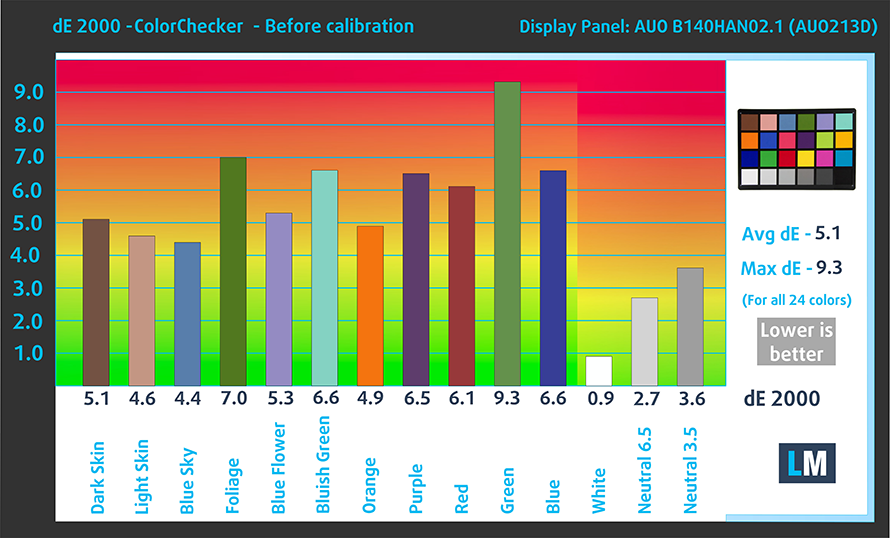
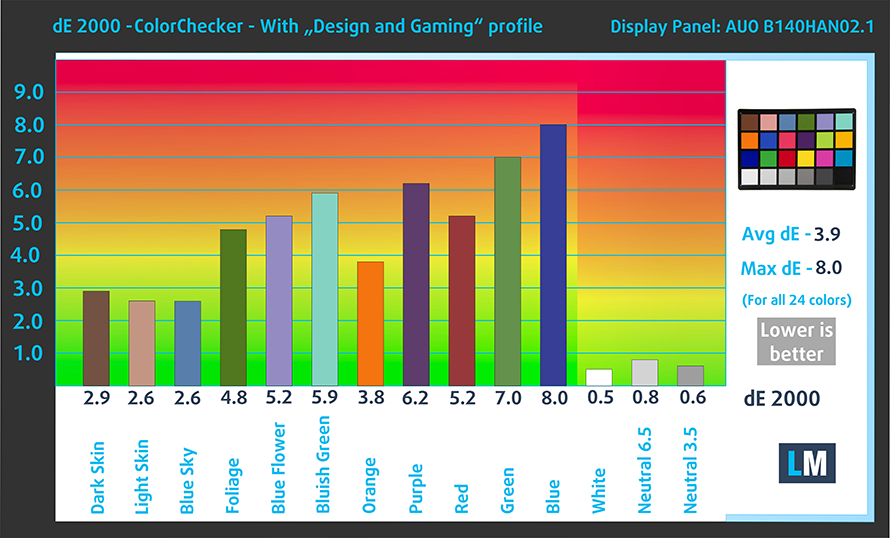
The next figure shows how well the display is able to reproduce really dark parts of an image, which is essential when watching movies or playing games in low ambient light.
The left side of the image represents the display with stock settings, while the right one is with the “Gaming and Web Design” profile activated. On the horizontal axis, you will find the grayscale and on the vertical axis – the luminance of the display. On the two graphs below you can easily check for yourself how your display handles the darkest nuances but keep in mind that this also depends on the settings of your current display, the calibration, the viewing angle and the surrounding light conditions.

Response time (Gaming capabilities)
We test the reaction time of the pixels with the usual “black-to-white” and “white-to-black” method from 10% to 90% and reverse.
We recorded Fall Time + Rise Time = 32 ms. The panel is slow which is typical of an IPS display.

PWM (Screen flickering)
Pulse-width modulation (PWM) is an easy way to control monitor brightness. When you lower the brightness, the light intensity of the backlight is not lowered, but instead turned off and on by the electronics with a frequency indistinguishable to the human eye. In these light impulses, the light/no-light time ratio varies, while brightness remains unchanged, which is harmful to your eyes.
You can read more about that in our dedicated article on PWM.
HP ProBook 440 G5’s display brightness is not PWM-adjusted throughout all brightness levels, rendering the screen suitable for extended periods of usage without harassing your eyesight in this aspect.
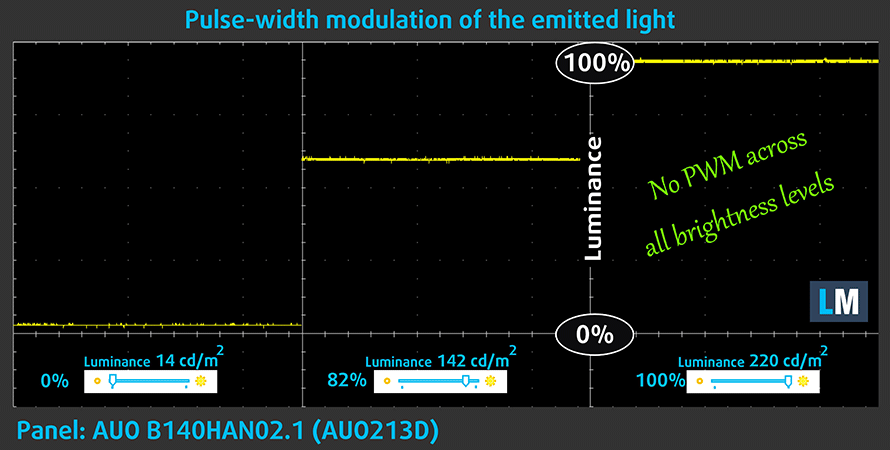
Blue light emissions
Installing of our Health-Guard profile not only eliminates PWM but also reduces the harmful Blue Light emissions while keeping the colors of the screen perceptually accurate. If you’re not familiar with the Blue light, the TL;DR version is – emissions that negatively affect your eyes, skin and your whole body. You can find more information about that in our dedicated article on Blue Light.
You can see the levels of emitted blue light on the spectral power distribution (SPD) graph.
Conclusion
The Full HD IPS panel used in the HP ProBook 440 G5 is excellent, as it has an excellent contrast ratio, as well as comfortable viewing angles and adequate default settings. Another positive about this panel is that it doesn’t use PWM at all for controlling the levels of brightness. The only drawback we were able to find is the disability to display basically half of the colors of the sRGB color space.
Buy our profiles
HP ProBook 440 G5 configurations with 14.0″ AUO B140HAN02.1 (FHD, 1920 × 1080) IPS screen and the laptop can be found at: Buy from Amazon.com (#CommissionsEarned)
*Should you have problems with downloading the purchased file, try using a different browser to open the link you’ll receive via e-mail. If the download target is a .php file instead of an archive, change the file extension to .zip or contact us at [email protected].
Read more about the profiles HERE.
In addition to receiving efficient and health-friendly profiles, by buying LaptopMedia's products you also support the development of our labs, where we test devices in order to produce the most objective reviews possible.

Office Work
Office Work should be used mostly by users who spend most of the time looking at pieces of text, tables or just surfing. This profile aims to deliver better distinctness and clarity by keeping a flat gamma curve (2.20), native color temperature and perceptually accurate colors.

Design and Gaming
This profile is aimed at designers who work with colors professionally, and for games and movies as well. Design and Gaming takes display panels to their limits, making them as accurate as possible in the sRGB IEC61966-2-1 standard for Web and HDTV, at white point D65.

Health-Guard
Health-Guard eliminates the harmful Pulse-Width Modulation (PWM) and reduces the negative Blue Light which affects our eyes and body. Since it’s custom tailored for every panel, it manages to keep the colors perceptually accurate. Health-Guard simulates paper so the pressure on the eyes is greatly reduced.
Get all 3 profiles with 33% discount
Display quality – HD (1366 x 768), TN
The HP ProBook 440 G5 also uses a TN (1366 х 768 ) panel with model number BOE BOE0697. It offers 112 ppi and 0.23 х 0.23 mm pixel pitch. It can be considered as “Retina” when viewed from at least 80 cm.
The display has uncomfortable viewing angles. We offer images to evaluate the overall image quality.
We’ve recorded a peak brightness of 235 nits in the center of the screen and 230 nits as an average across the surface with 10% maximum deviation. The correlated color temperature at maximum brightness is a tad colder than the optimal 6500K – 7070K and gets even colder when we go along the grayscale – 12000K. You can see how these values change at 140 nits (80% brightness) in the image below.
The maximum color deviation dE2000 compared to the center of the screen should be no more than 4.0 and if you are planning to do color-sensitive work, it should be lower than 2.0. The contrast ratio is mediocre – 285:1 before calibration and 350:1 after calibration.
Color reproduction
To make sure we are on the same page, we would like to give you a little introduction of the sRGB color gamut and the Adobe RGB. To start, there’s the CIE 1976 Uniform Chromaticity Diagram that represents the visible specter of colors by the human eye, giving you a better perception of the color gamut coverage and the color accuracy.
Inside the black triangle, you will see the standard color gamut (sRGB) that is being used by millions of people in HDTV and on the web. As for the Adobe RGB, this is used in professional cameras, monitors etc for printing. Basically, colors inside the black triangle are used by everyone and this is the essential part of the color quality and color accuracy of a mainstream notebook.
Still, we’ve included other color spaces like the famous DCI-P3 standard used by movie studios, as well as the digital UHD Rec.2020 standard. Rec.2020, however, is still a thing of the future and it’s difficult for today’s displays to cover that well. We’ve also included the so-called Michael Pointer gamut, or Pointer’s gamut, which represents the colors that naturally occur around us every day.
ProBook 440 G5’s TN display covers only 49% of the sRGB/ITU-R BT.709 (web/HDTV standard) in CIE1976.
Our “Design and Gaming” profile delivers optimal color temperature (6500K) at 140 nits luminance and sRGB gamma mode.
We tested the accuracy of the display with 24 commonly used colors like light and dark human skin, blue sky, green grass, orange etc. You can check out the results at factory condition and also, with the “Design and Gaming” profile.
The next figure shows how well the display is able to reproduce really dark parts of an image, which is essential when watching movies or playing games in low ambient light.
The left side of the image represents the display with stock settings, while the right one is with the “Gaming and Web Design” profile activated. On the horizontal axis, you will find the grayscale and on the vertical axis – the luminance of the display. On the two graphs below you can easily check for yourself how your display handles the darkest nuances but keep in mind that this also depends on the settings of your current display, the calibration, the viewing angle and the surrounding light conditions.
Response time (Gaming capabilities)
We test the reaction time of the pixels with the usual “black-to-white” and “white-to-black” method from 10% to 90% and reverse.
We recorded Fall Time + Rise Time = 15 ms.
PWM (Screen flickering)
Pulse-width modulation (PWM) is an easy way to control monitor brightness. When you lower the brightness, the light intensity of the backlight is not lowered, but instead turned off and on by the electronics with a frequency indistinguishable to the human eye. In these light impulses, the light/no-light time ratio varies, while brightness remains unchanged, which is harmful to your eyes.
You can read more about that in our dedicated article on PWM.
HP ProBook 440 G5’s TN display is PWM-adjusted across all brightness levels. Fortunately, the frequency of the emitted light is relatively high (1 kHz) which reduces the negative impact to a certain extent.
Blue light emissions
Installing of our Health-Guard profile not only eliminates PWM but also reduces the harmful Blue Light emissions while keeping the colors of the screen perceptually accurate. If you’re not familiar with the Blue light, the TL;DR version is – emissions that negatively affect your eyes, skin and your whole body. You can find more information about that in our dedicated article on Blue Light.
You can see the levels of emitted blue light on the spectral power distribution (SPD) graph.
Conclusion
The HP ProBook 440 G5’s TN display has a budget panel that is reliable and relatively fast.
Buy our profiles
HP ProBook 440 G5 configurations with 14.0″ BOE BOE0697 (HD, 1366 х 768) TN screen and the laptop can be found at: Buy from Amazon.com (#CommissionsEarned)
*Should you have problems with downloading the purchased file, try using a different browser to open the link you’ll receive via e-mail. If the download target is a .php file instead of an archive, change the file extension to .zip or contact us at [email protected].
w
Read more about the profiles HERE.
In addition to receiving efficient and health-friendly profiles, by buying LaptopMedia's products you also support the development of our labs, where we test devices in order to produce the most objective reviews possible.

Office Work
Office Work should be used mostly by users who spend most of the time looking at pieces of text, tables or just surfing. This profile aims to deliver better distinctness and clarity by keeping a flat gamma curve (2.20), native color temperature and perceptually accurate colors.

Design and Gaming
This profile is aimed at designers who work with colors professionally, and for games and movies as well. Design and Gaming takes display panels to their limits, making them as accurate as possible in the sRGB IEC61966-2-1 standard for Web and HDTV, at white point D65.

Health-Guard
Health-Guard eliminates the harmful Pulse-Width Modulation (PWM) and reduces the negative Blue Light which affects our eyes and body. Since it’s custom tailored for every panel, it manages to keep the colors perceptually accurate. Health-Guard simulates paper so the pressure on the eyes is greatly reduced.
Get all 3 profiles with 33% discount
Sound
HP ProBook 440 G5 sounds well enough, although it has some deviations in the low frequencies.
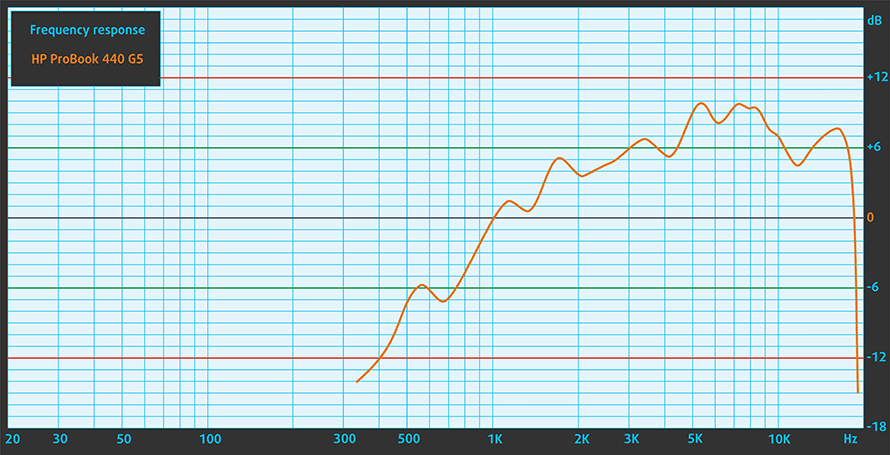
Drivers
This device is sold both with and without an operating system. If you get the option without an OS, or you need to reinstall your drivers, you can find them at the following location: https://support.hp.com/us-en/drivers/selfservice/hp-probook-440-g5-notebook-pc/17047134
Battery
As always, the battery tests were run with Windows power saving setting and Wi-Fi turned on, and the screen brightness adjusted to 120 nits. The following results are from the HD display unit.
In order to simulate real-life conditions, we used our own script for automatic web browsing through over 70 websites.
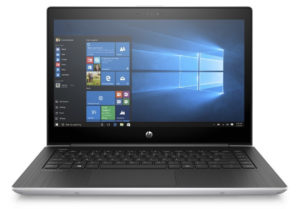
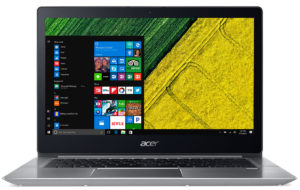

For every test like this, we use the same video in HD.



We use F1 2017’s built-in benchmark on loop in order to simulate real-life gaming.



CPU – Intel Core i5-8250U
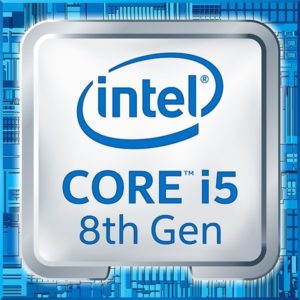 The Core i5-8250U is one of the first (along with the Core i7-8550U from the same generation) ULV (ultra-low voltage) processors from Intel to feature not two but four cores. It’s part of the 8th Generation (Kaby Lake Refresh) and on contrary to the previous generations, the Turbo Boost range is pretty wide now.
The Core i5-8250U is one of the first (along with the Core i7-8550U from the same generation) ULV (ultra-low voltage) processors from Intel to feature not two but four cores. It’s part of the 8th Generation (Kaby Lake Refresh) and on contrary to the previous generations, the Turbo Boost range is pretty wide now.
The base frequency is 1.6 GHz and can go up to 3.4 GHz for a short period of time before stabilizing somewhere in between during continues loads. This also means that the single-core performance is really good. The rest of the features and specs, however, remain mostly the same with support for dual-channel DDR4-2400/LPDDR3-2133 memory, 14nm FinFET manufacturing process and the same integrated graphics chip, although re-branded now as Intel UHD Graphics 620.
The whole SoC along with the dual-channel memory is rated at 15W TDP but depending on the usage scenario, cooling capabilities and the configured TDP from the OEM, the TDP can vary from 7.5W up to 25W.
You can browse through our top CPUs ranking: http://laptopmedia.com/top-laptop-cpu-ranking/
Results are from the Cinebench 20 CPU test (the higher the score, the better)
Results are from our Photoshop benchmark test (the lower the score, the better)
Results are from the Fritz chess benchmark (the higher the score, the better)
GPU – Intel UHD Graphics 620
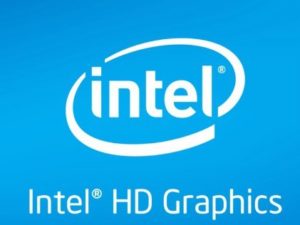 Intel UHD Graphics 620 is a refresh of the HD Graphics 620 found as an integrated solution in many ULV Kaby Lake processors. UHD Graphics 620 is codenamed “Kaby Lake R U GT2” and it’s a part of the Gen 9.5 generation.
Intel UHD Graphics 620 is a refresh of the HD Graphics 620 found as an integrated solution in many ULV Kaby Lake processors. UHD Graphics 620 is codenamed “Kaby Lake R U GT2” and it’s a part of the Gen 9.5 generation.
Intel UHD Graphics 620 has roughly the same performance as HD Graphics 620, depending on the other components in the system. UHD Graphics 620’s performance is similar to AMD Radeon R5 M420X and NVIDIA GeForce 910M/920M.
You can browse through our top GPUs ranking: http://laptopmedia.com/top-laptop-graphics-ranking/
Results are from the 3DMark: Fire Strike (Graphics) benchmark (higher the score, the better)
Results are from the Unigine Superposition benchmark (higher the score, the better)
Gaming tests
HP ProBook 440 G5 didn’t do very well in our gaming tests, as it underperformed due to the 4 GB of RAM. Anyhow, these results are completely forgivable, given that the device is definitely not meant for gaming.

| CS:GO | HD 768p, Low (Check settings) | HD 768p, Medium (Check settings) | HD 768p, MAX (Check settings) |
|---|---|---|---|
| Average FPS | 54 fps | 35 fps | 15 fps |
| Min FPS | 7 fps | 5 fps | 1 fps |

| DOTA 2 | HD 768p, Low (Check settings) | HD 768p, Normal (Check settings) | HD 768p, High (Check settings) |
|---|---|---|---|
| Average FPS | 56 fps | 29 fps | – fps |
Temperatures
The temperature tests go this way. We use Prime95 and FurMark to torture the CPU and the GPU respectively. This won’t give real-life representation but with our methodology, we try to give you the most optimal results.
The first values from the test are from the 30th second of running the Prime95 stress test, which simulates a heavy task run on your computer (usually lighter tasks take from a part of the second up to a couple of seconds). Next, we take the ones from the 2nd-minute mark, which imitates a very heavy task, run on the CPU. The last values we give you are the ones at the end of the test, which is 15 minutes, simulating the CPU load when rendering a video, for example.
0-15 min. CPU torture test
Intel Core i5-8250 in our unit was idling at around 35-36C, and while the maximum operating frequency under Turbo boost mode of this CPU is 3.4 GHz, this one started the test at 2.6 GHz and maintained it for the first 30 seconds. That was, of course, until the temperatures climbed to 73C.
This dropped the clock speeds to 2.1 GHz and during the second period of our test, it briefly got to 2.2 GHz for a couple of times. However, the temperatures dropped to 66C at the end of this checkpoint.
In the remaining minutes of the CPU stress test we saw the frequencies dropping even further to 2.0 GHz and in the end, it went down to 1.9 on some occasions. This resulted in an average of 2.06 GHz for the entire period of the torture and an average of 68C, which is a relatively low temperature, meaning that the CPU will have a longer lifespan than other devices.
On the contrary to the internals, the surface of the ProBook 440 G5 got quite warm. Actually, a little warmer than we expected because of the low internal temperatures, but it still in the margin of reasonable, given the 14-inch form factor.
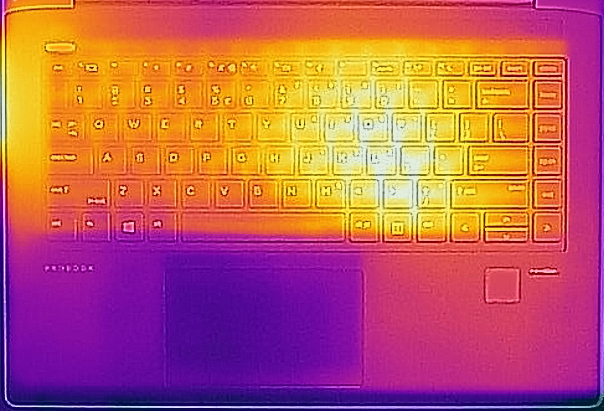
Verdict
We have already shown you detailed reviews of a couple members of the ProBook 400 G5 series. These were the ProBook 470 G5 and ProBook 450 G5 and if you have read them, you already know what to expect from the ProBook 450 G5. And exactly because of that we decided to test a configuration, which is more on the budget side.
A major feature that boosts this device’s rating is the ease of upgradability provided by the service panels on the bottom. In addition to the memory and storage devices, you also have access to the WiFi and Bluetooth modules. Moreover, this 14-incher has slots for both a SATA drive and an M.2 one, which supports NVMe SSDs.
HP ProBook 440 G5’s battery life is not the most exceptional on the market, although it is better than that of the Lenovo V330, for example. You get around 7 hours and a half of web browsing and 7 hours flat of video playback, which seems enough for a workday on battery power. In addition to that, there is an option with a Full HD IPS panel, which doesn’t use PWM at all but has poor color reproduction capabilities. However, the second, cheaper option, is a 768p TN panel which is terrible. You will definitely need our profiles since it uses PWM across all brightness levels.
Finally, we want to add that this device provides swift performance despite the price tag. However, we would recommend at least 8GB of memory and an SSD storage device. And you have to know that we experienced some problems with the touchpad of our unit. It worked properly only when you press your free hand against the base of the laptop. This leads us to think that the problem was related to the accidental touch rejection system. Tell us in the comments if you experienced the same problem as us.
Pros
- IPS model is free of PWM
- Swift performance at a reasonable price
- Supports M.2 PCIe NVMe/SATA SSDs
- Battery life is good
- Offers simple upgradability of memory and storage via service lid
Cons
- The TN variant uses PWM for adjusting screen brightness at all levels (fixable by our Health-Guard profile)
- We had problems with the touchpad of our unit, which may or may not occur on other devices
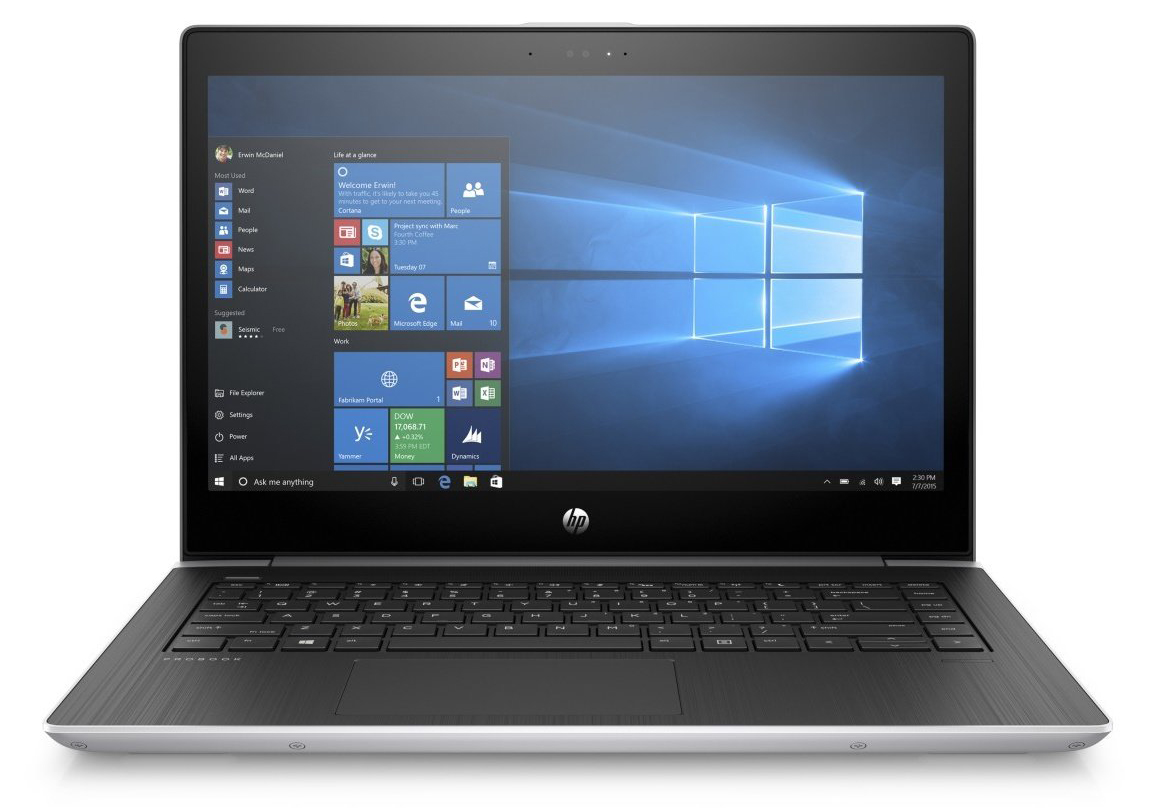

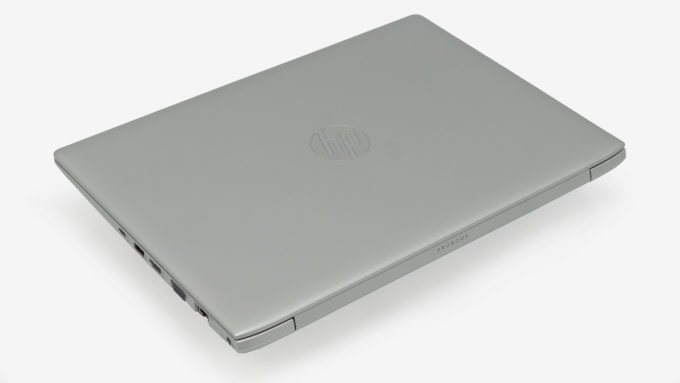
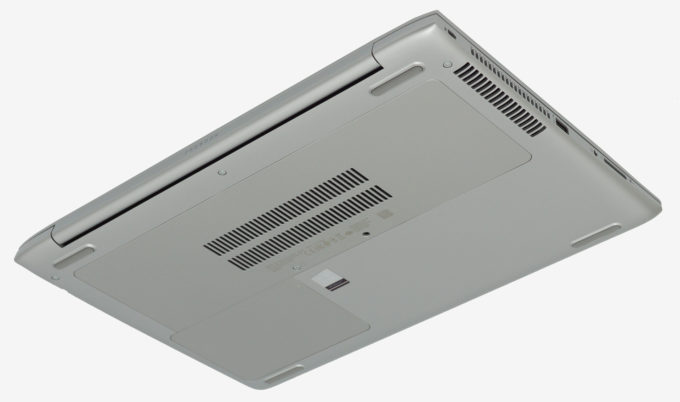






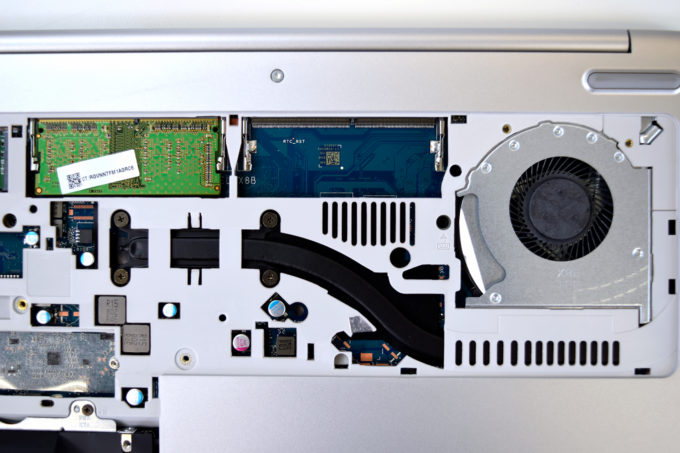
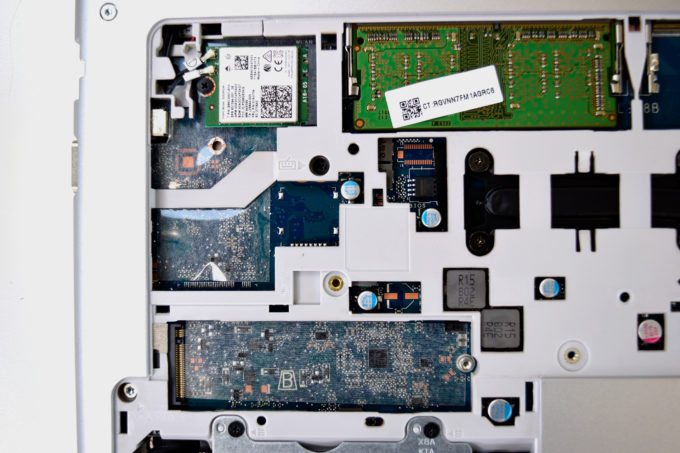
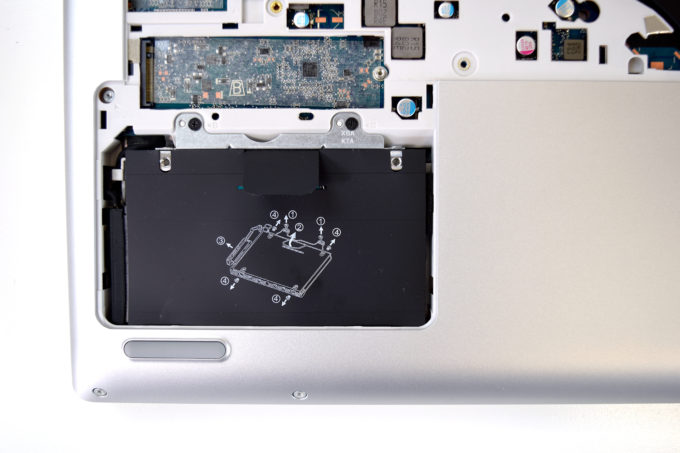




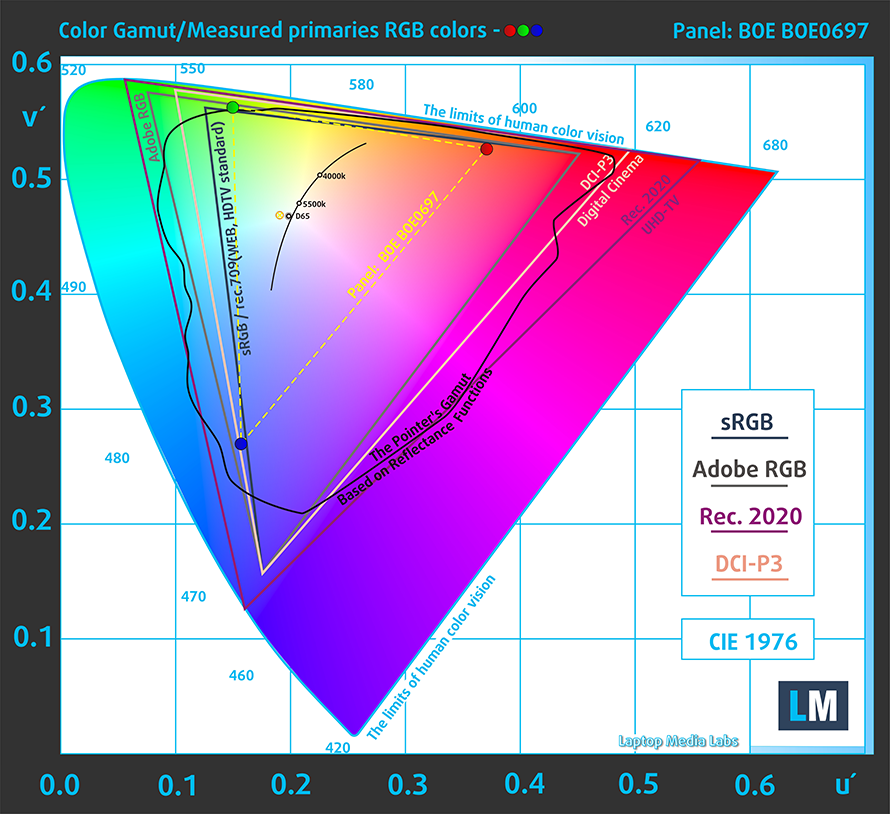
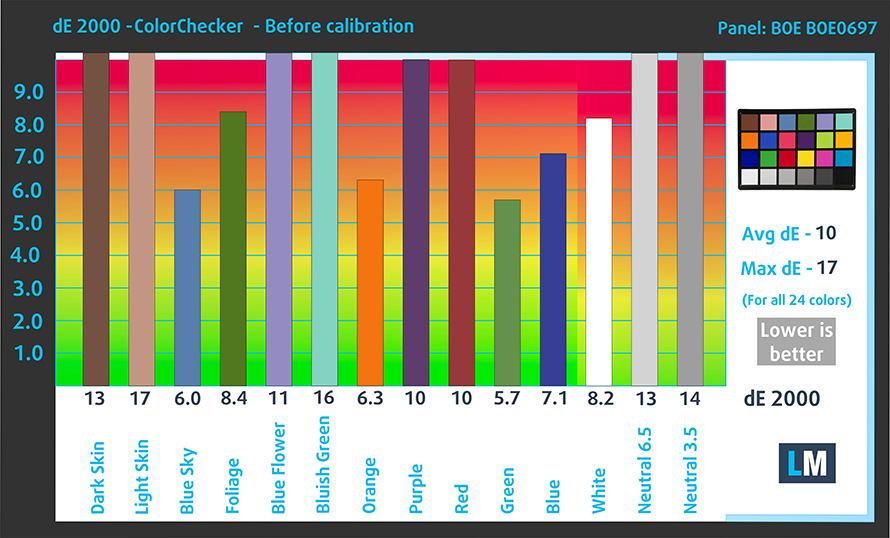

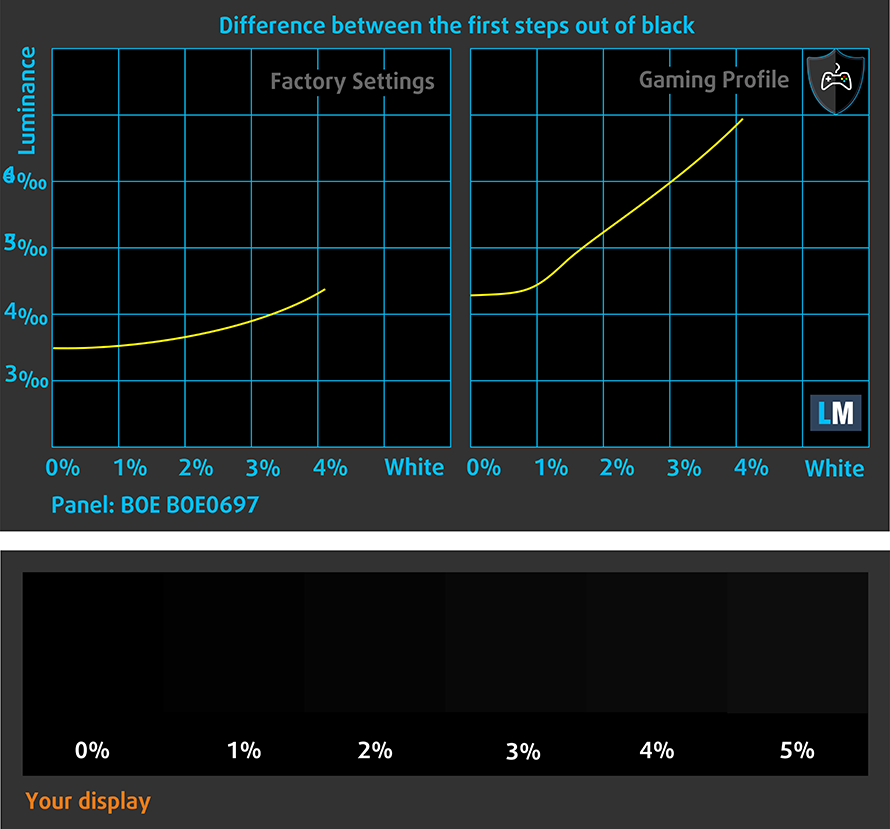
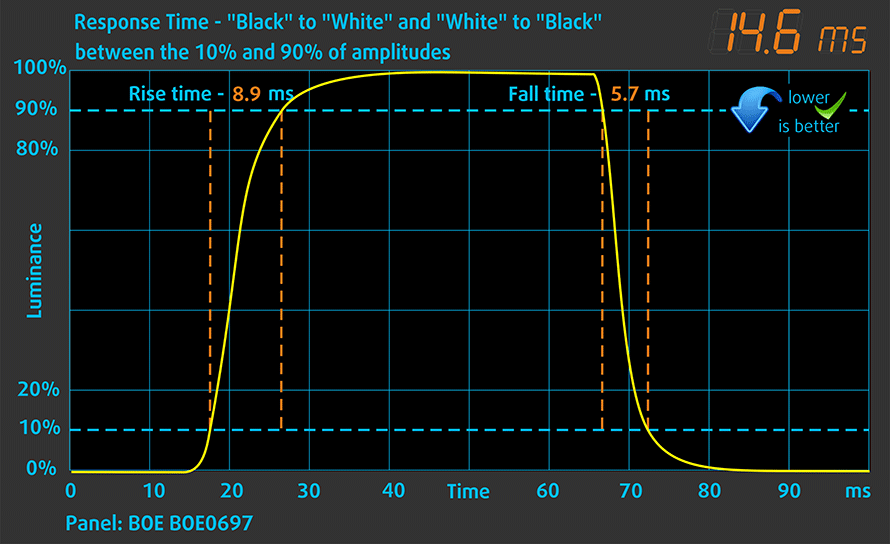
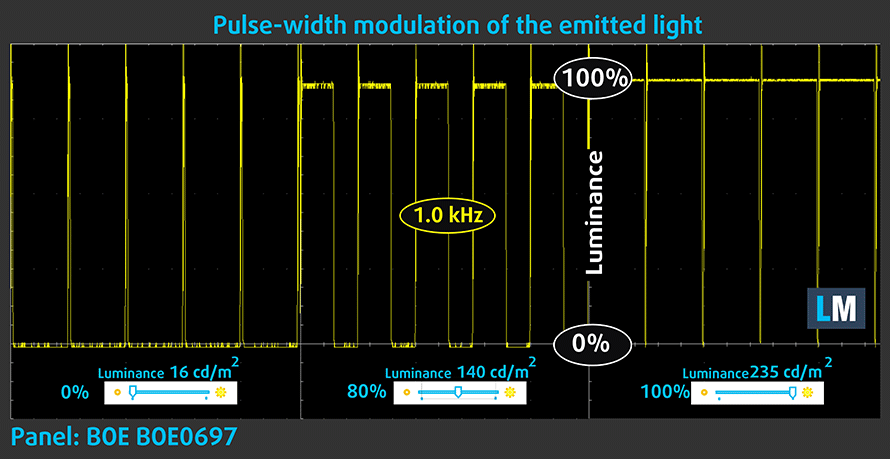
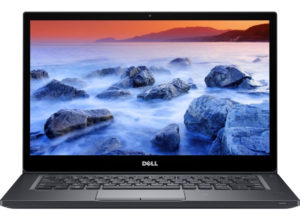


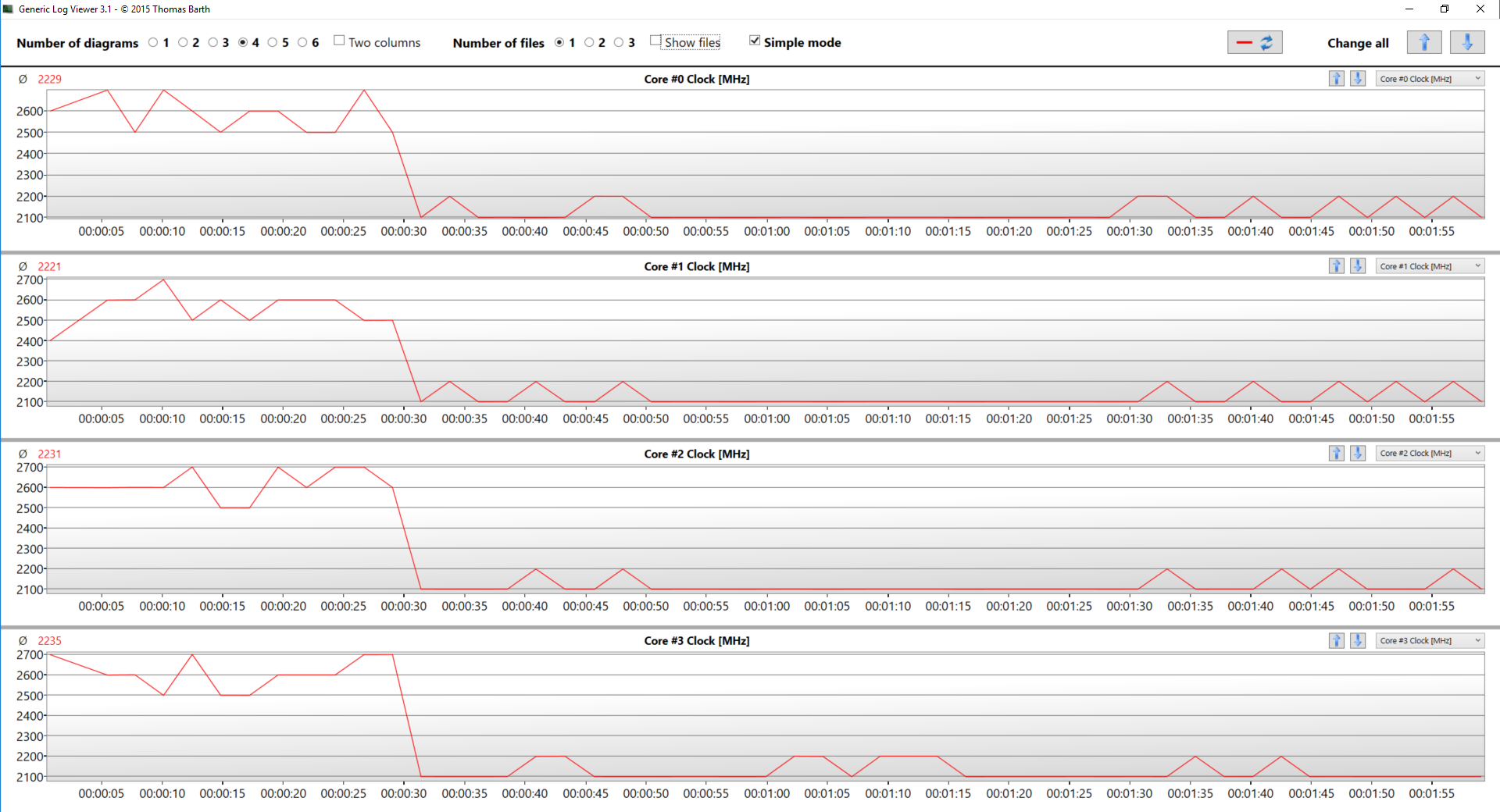
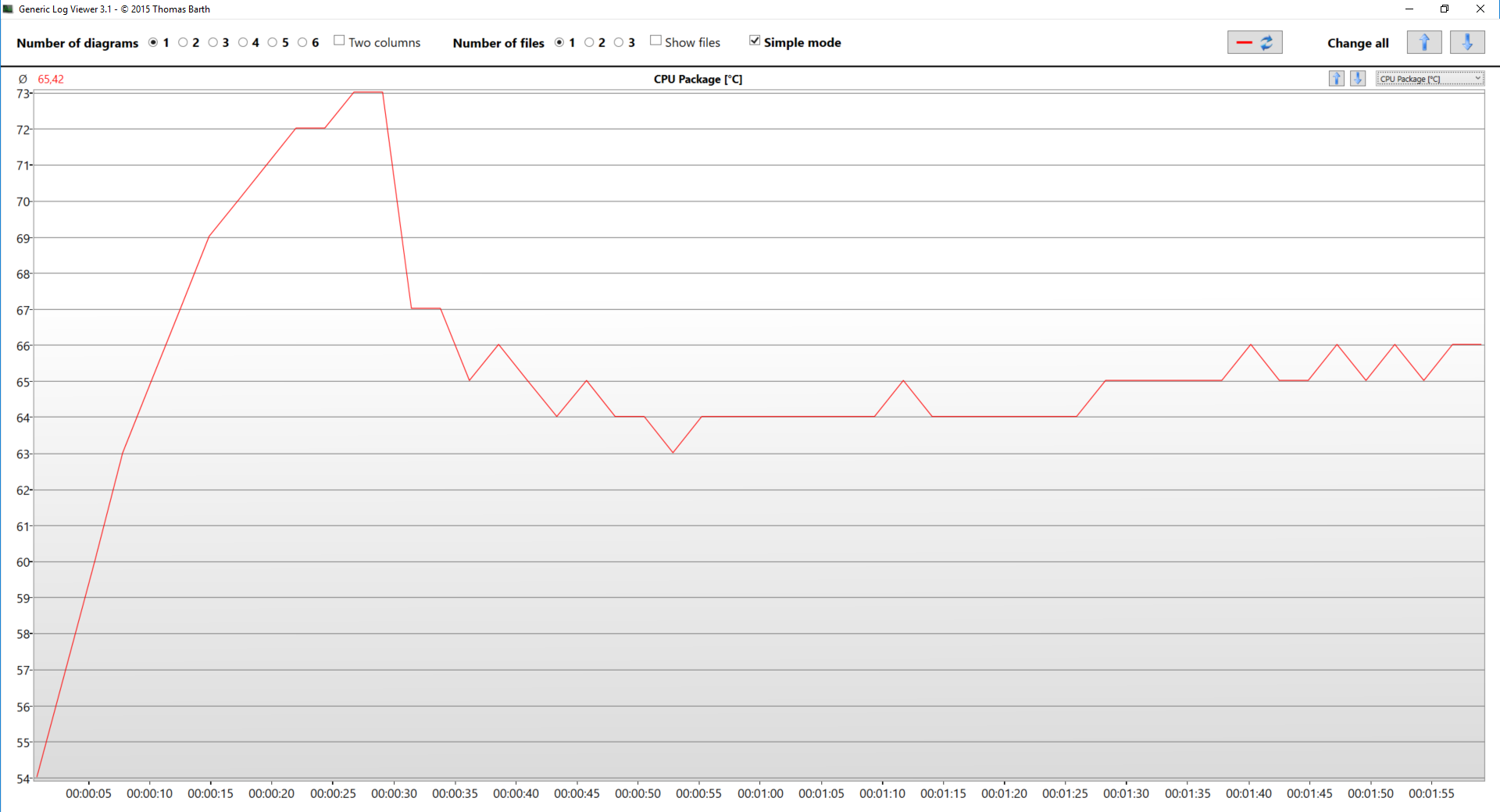
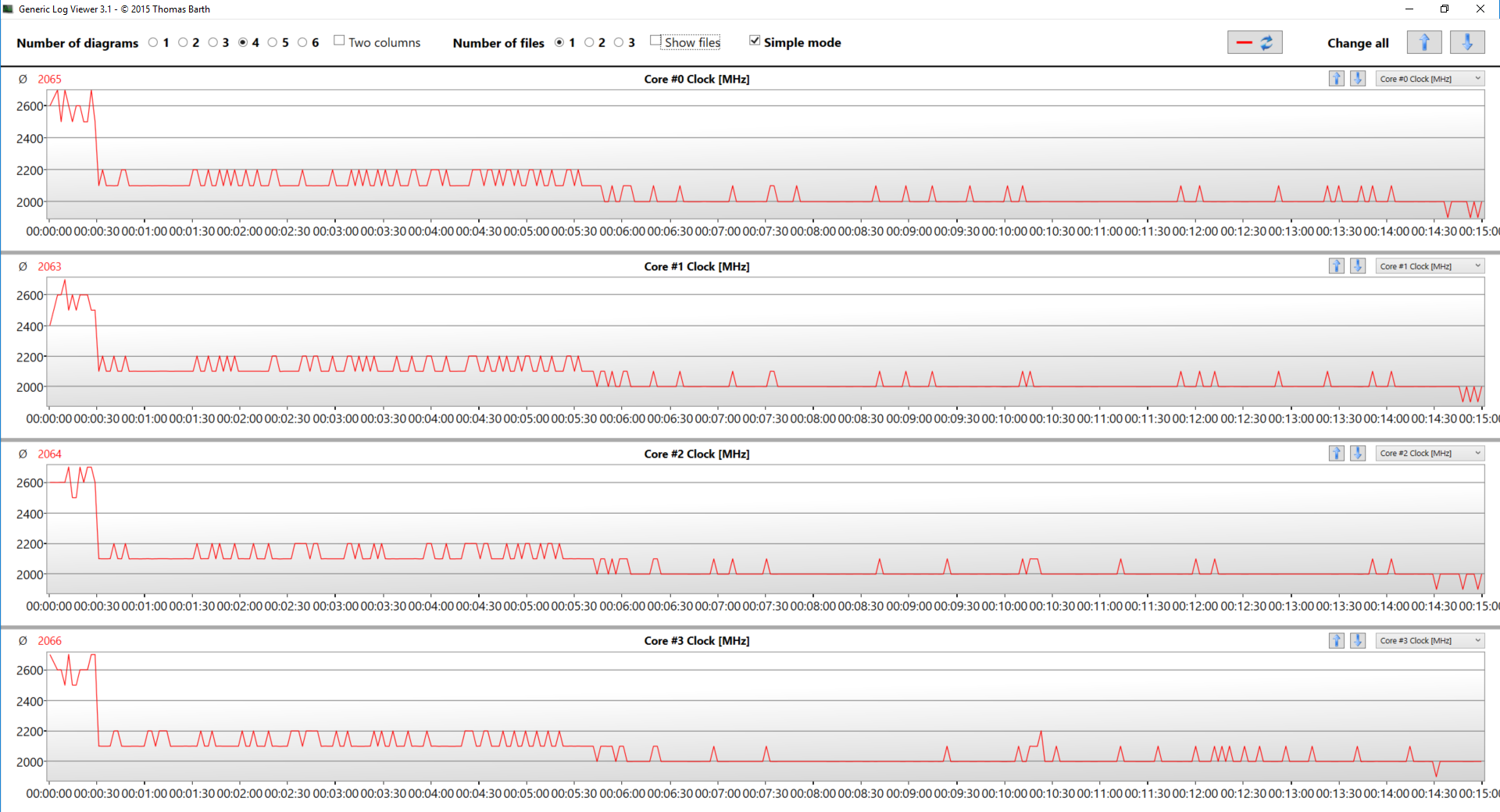




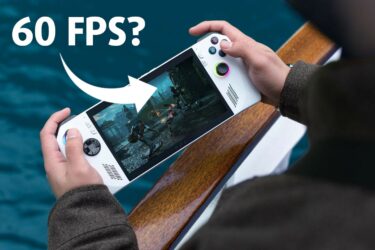
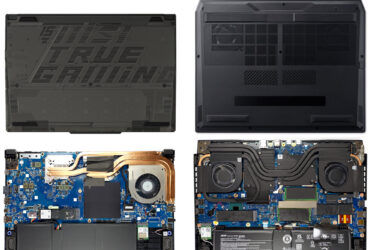
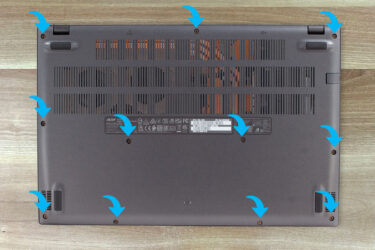
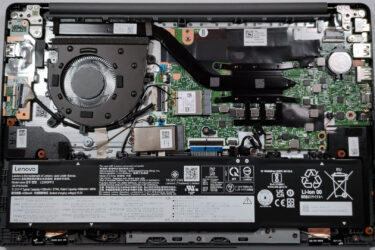
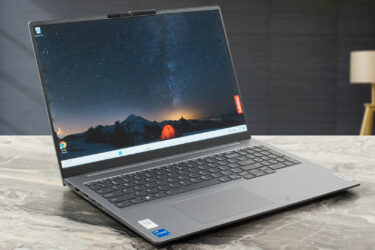
Reviewer did not mention that this machine was built for left handed people only. The power, Ethernet, display, HDMI and USB ports are all on the right hand side – where the cables all interfere with a right-handed person using a mouse. Really, really dumb choice and a pain in the A to work with.